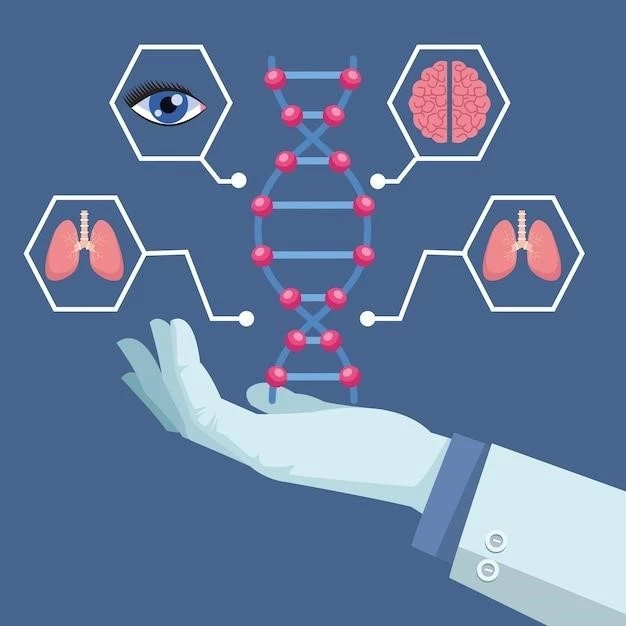Introduction
The Murray-Puretic Syndrome, also known as juvenile hyaline fibromatosis, is a congenital disorder characterized by skin lesions, joint contractures, gingival hypertrophy, and bone lesions.
Overview of Puretic Syndrome
The Murray-Puretic Syndrome, also known as juvenile hyaline fibromatosis, is a rare congenital disorder characterized by skin lesions, joint contractures, and gingival hypertrophy. It presents with bone lesions and subcutaneous nodules and tumors in various body regions. The syndrome typically manifests in early childhood with manifestations such as flexural contractures of joints, abnormal growths of hyalinized fibrous tissue, and gingival fibromatosis. The disease varies in severity and can be challenging to treat, with limited response to radiotherapy and a spectrum of symptoms affecting the skin, joints, and internal organs.
Clinical Features
The Murray-Puretic Syndrome presents with skin lesions, joint contractures, gingival hypertrophy, and bone lesions, affecting individuals from early childhood with a spectrum of symptoms.
The Murray-Puretic Syndrome presents with skin lesions, joint contractures, gingival hypertrophy, and bone lesions, affecting individuals from early childhood with a spectrum of symptoms like flexural contractures of joints, abnormal growths of hyalinized fibrous tissue, and gingival fibromatosis.
Characteristic Symptoms of Puretic Syndrome
The Murray-Puretic Syndrome presents with skin lesions, joint contractures, gingival hypertrophy, and bone lesions, affecting individuals from early childhood with a spectrum of symptoms like flexural contractures of joints, abnormal growths of hyalinized fibrous tissue, and gingival fibromatosis.
Methods for Diagnosing Puretic Syndrome
Diagnosis of Puretic Syndrome involves a thorough clinical evaluation focusing on the characteristic symptoms like skin lesions, joint contractures, gingival hypertrophy, and bone lesions. Additionally, genetic testing and imaging studies may be employed to confirm the presence of this rare congenital disorder.
Genetics
Researchers have identified mutations in the capillary morphogenesis protein-2 (CMG-2) gene associated with Puretic Syndrome, a rare congenital disorder characterized by unique genetic markers.
Link Between Genetic Mutations and Puretic Syndrome
Researchers have identified mutations in the capillary morphogenesis protein-2 (CMG-2) gene associated with Puretic Syndrome, contributing to the understanding of this rare congenital disorder’s genetic basis.

Treatment
Treatment is generally considered unsatisfactory for Puretic Syndrome, with limited response to radiotherapy and potential recurrence of tumors after excision. Joint contractures may be managed with intralesional steroid injections in the early stages.
Approaches to Managing Puretic Syndrome
The management of Puretic Syndrome includes limited treatment options, with radiotherapy offering minimal response and potential tumor recurrence after surgical excision. Early-stage joint contractures may be addressed with intralesional steroid injections, while comprehensive care requires a multidisciplinary approach to alleviate the varied symptoms associated with this complex congenital disorder.
Prognosis
The prognosis of Puretic Syndrome is often associated with severe challenges, with the disorder typically leading to significant complications and reduced life expectancy. It poses a substantial burden on affected individuals and may require ongoing specialized care.
Understanding the Prognosis of Puretic Syndrome
The prognosis of Puretic Syndrome is often guarded, with individuals facing significant challenges due to the complexities of the disorder. This congenital condition can lead to severe complications, impacting the quality of life and limiting life expectancy, requiring specialized, multidisciplinary care for optimal management.
Epidemiology
The prevalence and incidence rates of Puretic Syndrome are extremely rare, with very few reported cases globally due to the condition’s unique genetic and clinical characteristics.
Prevalence and Incidence Rates of Puretic Syndrome
The prevalence and incidence rates of Puretic Syndrome are exceptionally low, with very few documented cases reported worldwide due to the disorder’s unique genetic and clinical manifestations.

Case Studies
Two siblings with Murray-Puretic Syndrome, a congenital disorder with skin lesions, joint contractures, gingival hypertrophy, and bone lesions, have been documented.
Notable Cases of Puretic Syndrome
Two siblings have been documented with Murray-Puretic Syndrome, showcasing the clinical presentation of skin lesions, joint contractures, gingival hypertrophy, and bone lesions associated with this congenital disorder.
Research and Future Directions
Ongoing research on Puretic Syndrome focuses on understanding genetic mutations and developing targeted therapies for symptom management, aiming to improve outcomes and quality of life for affected individuals.
Ongoing Studies and Potential Therapeutic Advances
Research on Puretic Syndrome aims to explore genetic mutations and develop innovative therapies to address the symptoms associated with this rare congenital disorder. These studies hold promise for advancing treatment options and enhancing the overall care for individuals affected by Puretic Syndrome.
Support and Resources
Support networks and resources for individuals with Puretic Syndrome are scarce due to its rarity, requiring a comprehensive approach tailored to the unique challenges faced by those affected.
Available Support Networks for Individuals with Puretic Syndrome
Due to the rarity of Puretic Syndrome, support networks and dedicated resources are limited, emphasizing the need for tailored care and multidisciplinary support to address the unique challenges faced by individuals living with this congenital disorder.
